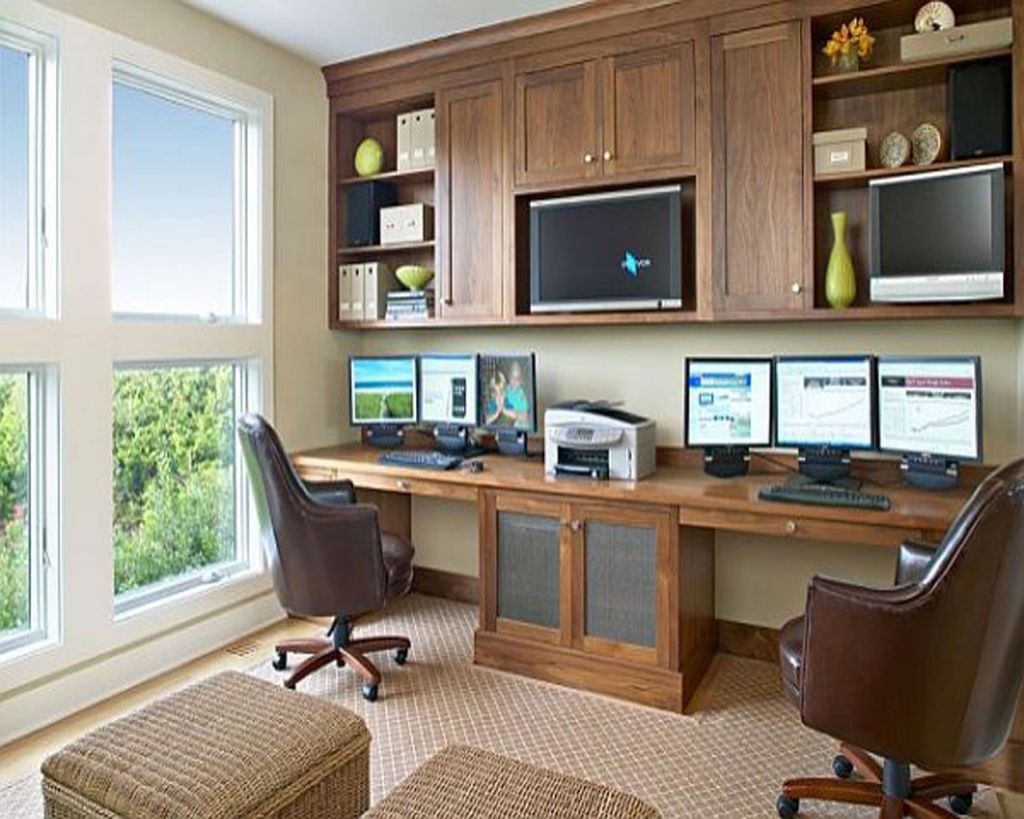Physical Address
304 North Cardinal St.
Dorchester Center, MA 02124
Physical Address
304 North Cardinal St.
Dorchester Center, MA 02124

A compact home office setup can offer numerous benefits, from cost savings to increased productivity. By carefully selecting space-saving furniture, incorporating technology and productivity tools, considering lighting and acoustics, and adhering to ergonomic principles, you can create a workspace that is not only efficient and comfortable but also conducive to your productivity and success.

The rise of remote work has transformed home offices from a luxury to a necessity for professionals across industries. For those with limited space, compact home office setups allow you to carve out a functional workspace without compromising productivity or comfort.
Cost Savings – Avoiding traditional office rental overhead is a major perk, with some estimates projecting over $$166$$ billion in real estate cost savings from remote work by 2025[1]. These setups also eliminate commuting expenses.
Increased Productivity – A 2023 Stanford study found that remote workers log more hours and demonstrate higher efficiency than their in-office counterparts. With fewer interruptions and distractions, compact home offices empower focus.
Work-Life Harmony – The flexibility to attend to personal needs without compromising work promotes harmony between professional and personal spheres.
Customization – Unlike generic office spaces, compact home offices can be tailored to suit individual preferences for optimal comfort.
Sustainability – Working from home reduces individual carbon footprints from commuting. Widespread adoption therefore benefits environmental sustainability.
Ergonomics – Investing in ergonomic furniture and regular movement is crucial for wellness when working long hours from a compact home workspace.
Organization – An organized, decluttered workspace clears mental space to boost concentration.
Lighting – Exposure to natural light keeps energy levels high while reducing eye strain.
Acoustics – Whether using foam panels or noise-canceling headphones, mitigating ambient noise facilitates focus.
Aesthetics – Plants, artwork and other personal touches inject style and inspiration into small home office spaces.
Adhering to ergonomic best practices is key for wellness in compact home office setups optimized for productivity. Core principles include:
Chair Adjustment – Chairs should support the spine’s S-shape with adjustable height and lumbar support. Feet should rest flat on the floor.
Desk Placement – Height-adjustable standing desks enable switching between sitting and standing. Elbows should form > 90° angles with wrists in a neutral position.
Equipment Positioning – Place keyboards and mice as close together as possible to avoid overextending shoulders.
Monitor Alignment – Screens should be an arm’s length away, centered in front of the user with the top just below eye level.
Lighting – Abundant natural light boosts mood and energy while reducing eye strain.
Movement – Take microbreaks every 20-30 minutes. Vary posture and movement throughout the day.
Adjusting the workspace to the individual is key for comfort and productivity over extended periods. Listening to the body’s signals facilitates tweaking setups to particular needs and preferences.
With mindful planning and design, compact home office spaces can become oases of productivity and professional success while exemplifying work-life integration. Here are some final pointers:
With deliberate planning centered on efficiency, comfort and sustainability, even the most compact home office spaces can enable professional success. The remote work revolution is here to stay, so prioritize carving out a harmonious workspace aligned with your unique needs and style.